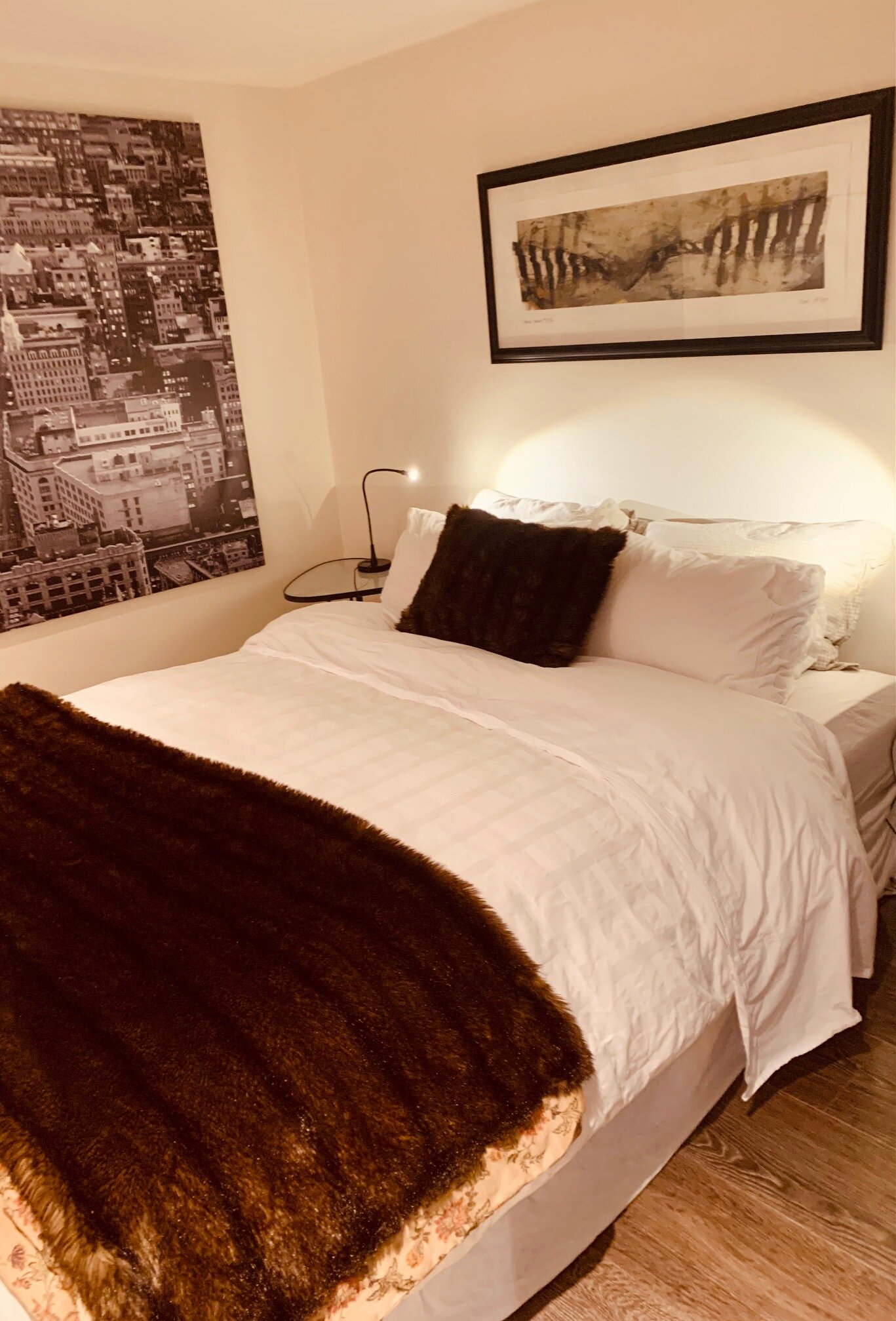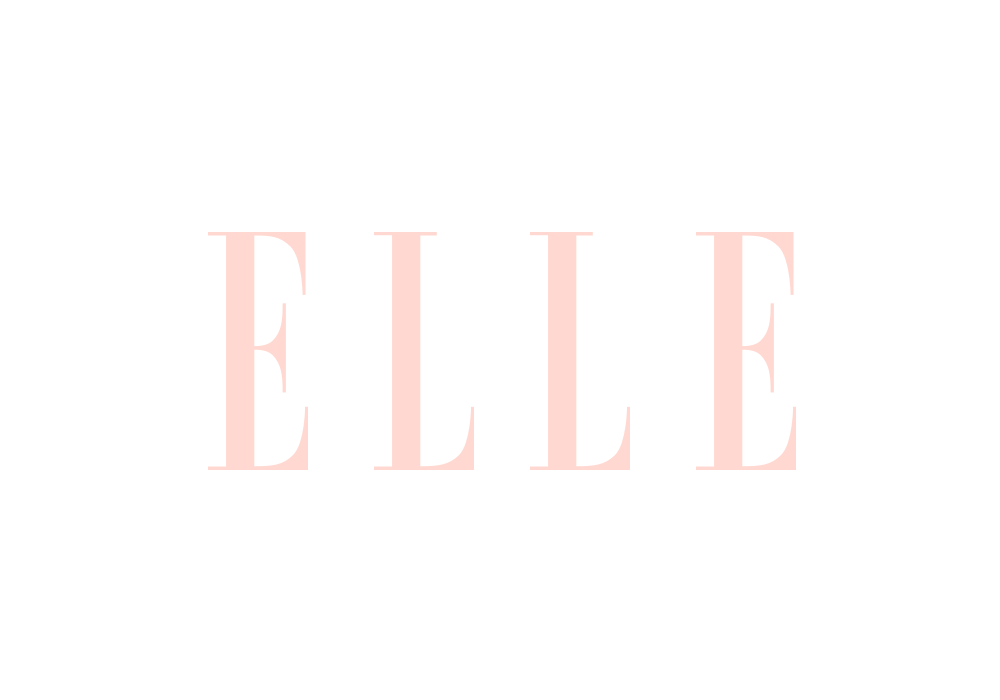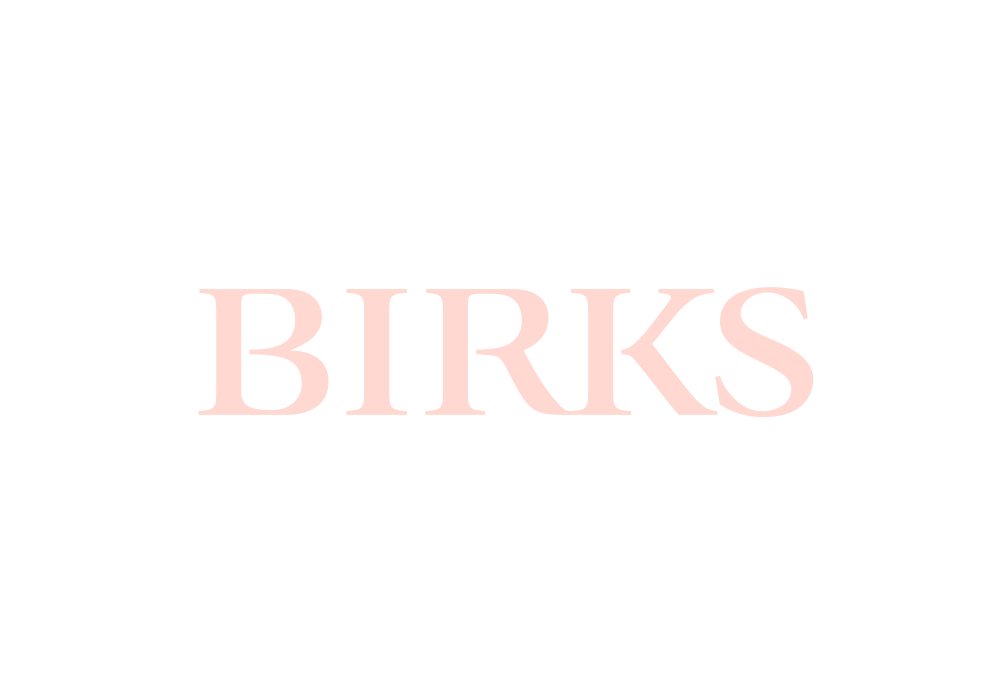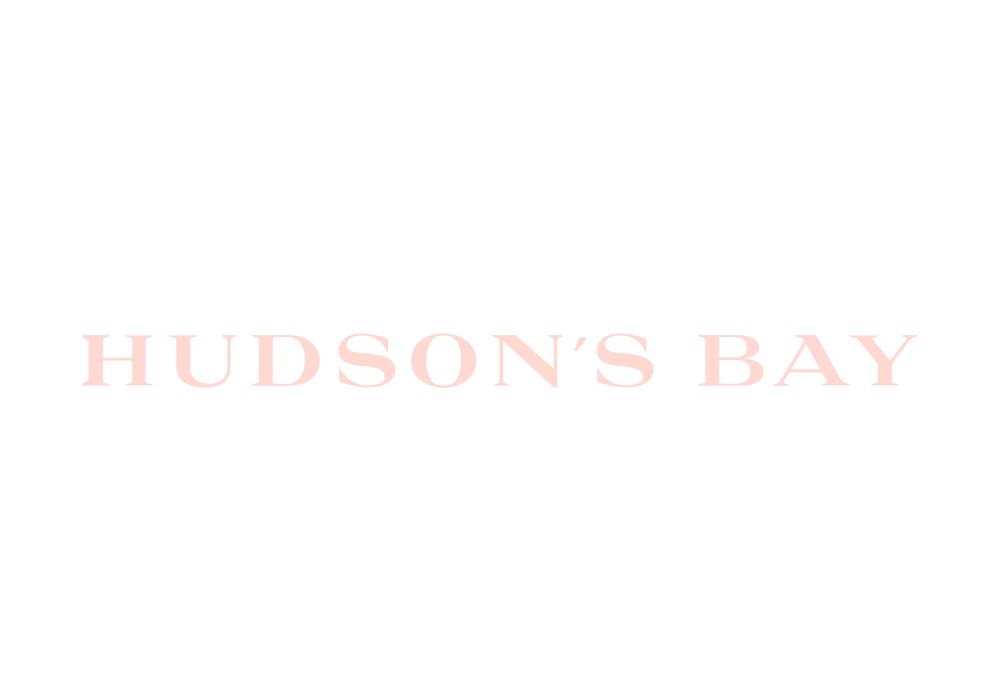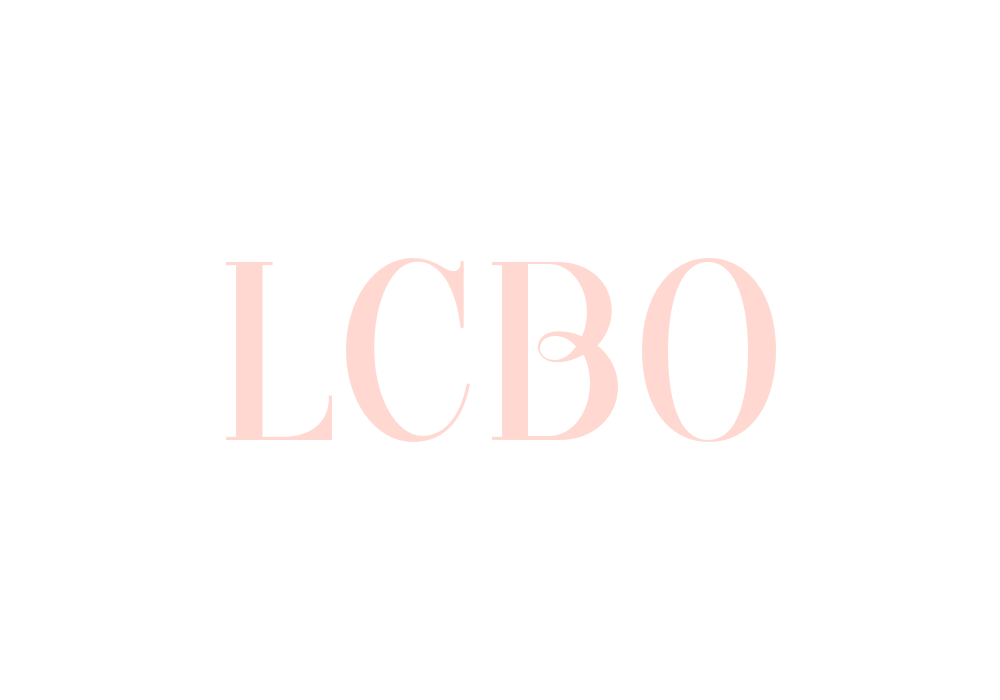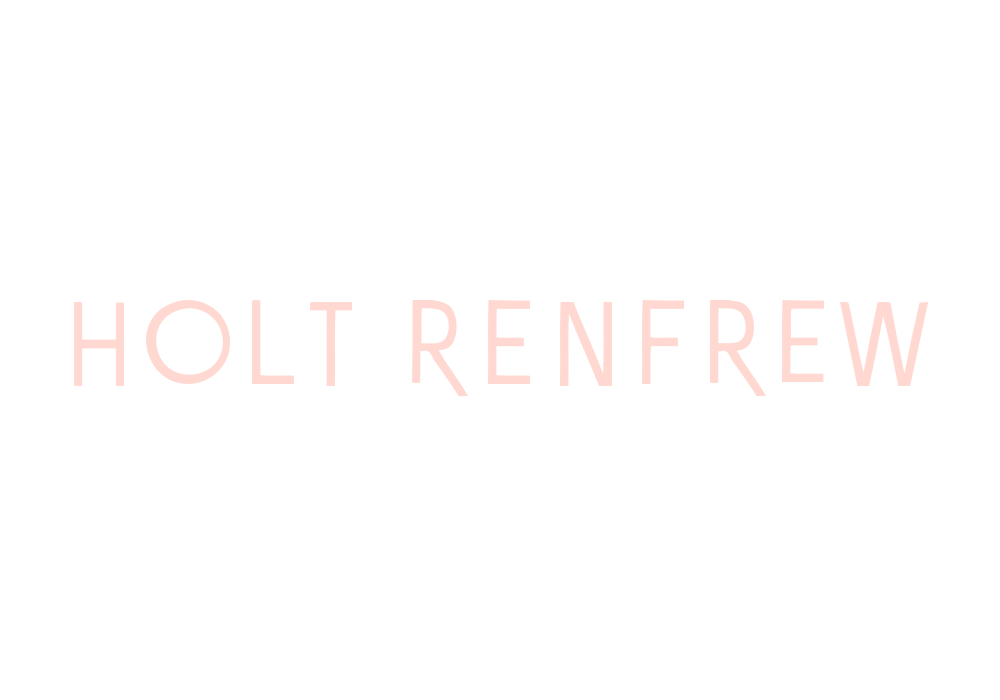Hiring a designer who says, ‘a light switch is a light switch,’ is like hiring a chef who says, ‘bread is bread.’
I know, I’ve done it.
Like any field, design has its superstars and its less-than-five-star performers. I’m not being negative – just realistic. I admire and respect designers. I’ve interviewed and written about some of world’s best and am always in awe of what they do (when I win the lottery, Julie Charbonneau Design will be on my speed dial).
I blame my interest in interior design on my passion for swell hotels. On one of our first trips to London, when Evan and I were still in our twenties, we stayed at Blakes, and I fell in love with the skill of its proprietress and designer Anouska Hempel. I marvelled at the breadth of her vision – she draped floaty white chiffon with equal aplomb as weighty black taffeta; she decorated all of Blakes rooms individually and, though all were dramatically different, they couldn’t have been put together by anyone but her.
Back in the day at Blakes, London.
Another favourite designer of mine at that time was (and still is) John Stefanidis. He, like Lady Weinberg, had a signature style, yet it was never formulaic. He had the ability to customize any space, whether it was a hyper-contemporary city apartment with leather-lined walls or a bucolic cottage overstuffed with book shelves and squishy furniture. Remember, any designer who does pretty much the same look and uses the same paint colours, countertops, hardware, etc. in every space, isn’t a designer – they are a decorator, at best.
Having recently completed a reno (we tackled our first in our 30s and we’ve been through a few since), got me thinking about designers and whether or not I’d hire one again. I’ve been on both sides of the design trade-off: kick-ass designers who have god-awful contractors and lacklustre designers who have amazing contractors. The latter were more like decorators, and that raises a key question: why are you renovating? Is a major layout change required or just an update with new décor?
Our new staircase was another splurge that was worth every penny. The old one was against code as it didn’t have an outside railing and the treads were very shallow, a bit of a deathtrap to navigate. These treads were cut to be deep enough for Evan’s size-14 feet.
To me, major renos demand a designer. However, you don’t necessarily have to go all the way. If you’re not ready to give up control, trust a designer completely and wait for the “big reveal” to see what your place looks like, you may want to question the need for ongoing design services beyond a set of initial drawings. There are so many resources out there for guidance and inspirational looks that you might just surprise yourself with what you know already. Also, beware of designers who sweep in and want new everything. Not only is this not sustainable, most often it’s unnecessary. Wherever possible, use what you have; old furnishings may just find new life in a new setting.
New lighter-coloured sofas, and a mix of chairs, are on our wishlist for the living area, but I love that we bought these made-in-Canada sofas 25 years ago at Kiosk for our very first place, and that the cushion cover was purchased on our first trip to Venice. The Kartell side table is from the now-defunct Caban; the dining table and chairs from Quasi Modo; and the candelabra from the no-longer Holt Renfrew Home department - all oldies. A friend built the mirrors for us, again decades ago, and the only new item is the clear coffee table from CB2. The room’s not perfect or finished yet but everything has a story and meaning for us.
One of the biggest perks of hiring a pro is their industry discount which usually translates to 20% off of retail prices for the client. This is a huge plus, as long as the designer is willing to pass it on. I worked with one who would not reveal the amount of discount received or the prices of the items sourced. When I pressed the issue, I was told the bookkeeper would be in touch with all the figures – that never happened. A red flag I ignored.
I worked with another who promised discounts but didn’t deliver (the fine print in the contract said they “might” pass them on to the client). So, caveat emptor! Funnily enough, I also learned a very valuable lesson: do you know how to get a discount? Ask for one! You’d be surprised at how many retailers are willing to offer savings just because you ask.
I think Evan’s favourite part of the reno is his new wine fridge!
You’d also be surprised at how easy it is to source items and confirm prices online – just because a designer presents an expensive item as the only option doesn’t mean you can’t get a similar one in a different material for a fraction of the price. Pay attention and double-check everything – it is rare, but some designers charge a percentage on top of materials for their fee, so the more expensive the materials, the more money they make.
A first-floor powder room isn’t common in Cabbagetown’s 19th-century homes. Luckily, the previous owner had added one so we just needed to update it (good-bye black sink and toilet!).
And get to know where designers shop. In Toronto, it’s the Castlefield area, along with one or two popular appliance stores outside of this retail hub. I recommend this because, I actually paid a designer to “take” me to these stores that I was already aware of and had shopped at before. There was absolutely no benefit to this excursion: the designer offered no opinions or contributions and no discount. In fact, I went back a second time on my own because I was so underwhelmed with the first experience and ended up purchasing furnishings without any design input. The bitter pill to swallow: I still had to pay the designer’s percentage which was calculated based on the total I spent. It’s a mistake I won’t make again.
Glossy green floor-to-ceiling tiles and brass fixtures make this second-floor bath feel kind of glam.
I mentioned the swell hotels earlier because clients and designers need to be simpatico. As 20-somethings, Evan and I probably should have been investing our money in RSPs instead of splashy hotels where suites cost the same as a new small car – but we didn’t care. We were by no means rich and had no help from our parents or any savings. It was entirely irresponsible spending but it made us happy and exposed us to a level of taste and design that we would not have experienced otherwise. My takeaway from this: hire a designer who has style and life experience. I hope that doesn’t sound snobby but if you know more about design, food and travel than the person you’re hiring, it won’t be a good fit. And maybe this is snobby: if your designer doesn’t know who Serge Mouille is, run a mile.
The basement and walkout to the backyard.
Form and function are paramount, so question everything. Do you really need 35 pot lights? Do you want to hire an electrician who doesn’t put dimmers on everything? (Don’t get me started on improperly installed LEDS that flicker when dimmed too low). Will your new space look fab, but have no customized storage? Is the designer focused on how you live or more keen on getting photos and stories for their Instagram feed? Stuff like that drives me crazy.
Our basement doubles as a private guest suite and the bedroom features a high/low mix of art: the NYC photo canvas is from Ikea and the painting above the bed is an original Andrea Bolley.
We added a roomy, curb-less shower to the basement bathroom.
Now for the good stuff: there is so much to learn from a talented designer. I wasn’t aware of the importance of colour continuity until we renovated our second floor. Without a designer and left to our own devices, Evan and I would have chosen navy, orange and white for our bedroom – a sort of nightmare Aperol label – instead of the serene pale palette punctuated with silvery lilacs that our designer suggested. I love it and how it flows nicely into our en-suite bathroom.
Herringbone floors weren’t in the budget for our bedroom so standard plank-style was the way to go. The teak dresser belonged to Evan’s parents and my mum scored us these vintage chairs from the funeral home where she works (they were throwing them out). I often wonder how many people have sat and cried in them (!).
I don’t think we would have gone for custom Roman blinds either, but they’re such a great addition and soften the rooms, while adding a bit of colour and texture.
And there is no way we could have kitted out our walls floor to ceiling with gorgeous slab porcelain were it not for the designer’s discount.
We wanted a grande-dame hotel look in our ensuite so opted for heated marble chevron floors and polished nickel fixtures. I insisted the shower didn’t have a curb - I didn’t want any places where water could sit and I like the seamless look of this.
We don’t plan on moving anytime soon but if, down the road, we need to renovate, I wouldn’t hesitate to hire a designer again. My bad experiences were just that and they by no means outweigh the expertise a true professional can offer. The only thing I might do differently is start the interview with an extremely important question: ‘What do you think of this light switch?’











